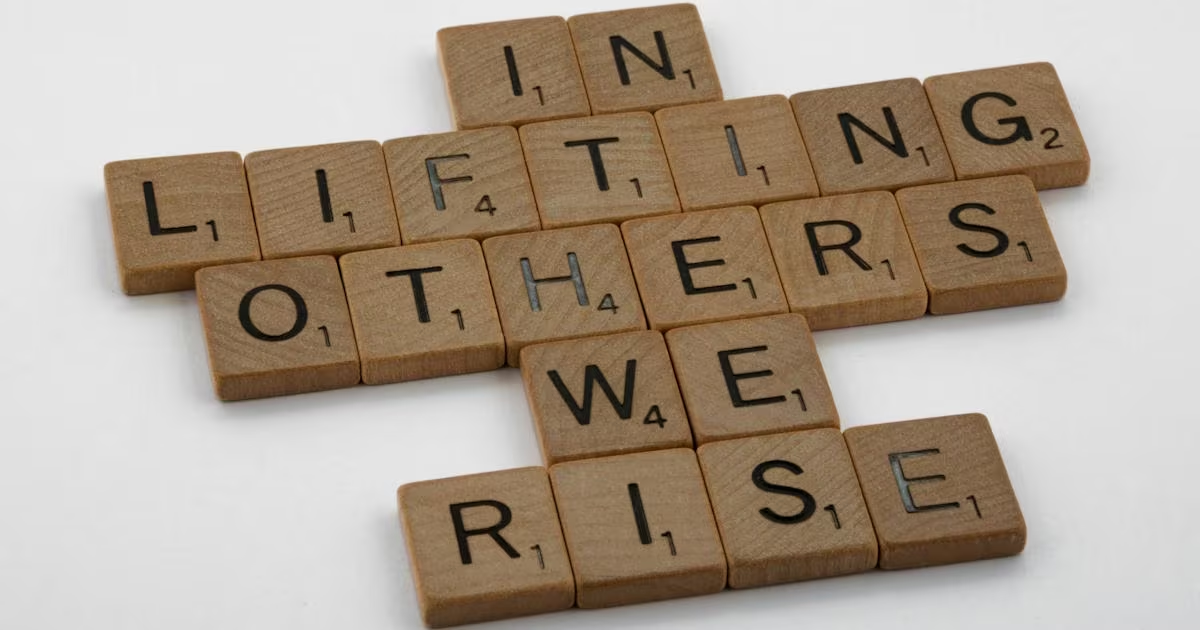
Creating a Culture of Recognition: Best Practices for Agile Teams
Why Recognition Matters in Agile Teams
Agile teams thrive on collaboration, adaptability and continuous feedback. But one key ingredient is often overlooked—recognition. When team members feel valued, they stay engaged, work better together and perform at their best. In fact, employees who feel appreciated are 2.7 times more likely to be highly engaged at work.
If you want a simple way to help recognition become more intentional, you can explore what kudo cards are and how they fit into daily Agile practices.
So, how can you build a culture where kudos are a natural part of the workflow? Let’s dive into best practices for making recognition a habit in Agile teams.
1. The Psychology Behind Recognition in Teams
Recognition isn’t just about making people feel good—it has a direct impact on motivation and performance.
- When employees receive positive reinforcement, their dopamine levels increase, leading to higher engagement.
- Teams that practice regular recognition experience stronger trust, improved collaboration and lower burnout.
- Peer-to-peer recognition is especially powerful—it fosters a sense of belonging and eliminates the need for validation from management alone.
Yet, many Agile teams struggle to integrate recognition effectively.
2. Why Some Teams Struggle with Recognition
Recognition can fail when it’s:
❌ Infrequent – Only happening during performance reviews or at the end of a project.
❌ Generic – “Good job!” doesn’t feel meaningful or personal.
❌ Hidden – If kudos aren’t visible to the team, their impact is limited.
❌ Leader-Dependent – Recognition should be peer-driven, not just top-down.
To truly build a culture of recognition, teams need simple, consistent and meaningful ways to appreciate each other.
3. Best Practices for Building a Recognition Culture
✅ Make Recognition a Habit
- Integrate kudos into Scrum ceremonies like daily stand-ups or sprint retrospectives.
- Encourage spontaneous recognition—don’t wait for formal moments.
- If you want a structured way to celebrate contributions, you can learn more about using kudo cards effectively.
✅ Keep It Public and Visible
- Share kudos in Slack, Microsoft Teams, or a dedicated recognition platform like esteam.life.
- Display recent kudos during sprint reviews or team meetings.
✅ Encourage Peer-to-Peer Recognition
- Empower everyone to give kudos, not just managers.
- Make it effortless—use a tool like esteam.life to send appreciation with just a few clicks.
✅ Make It Specific and Meaningful
- Instead of a vague “Great job,” be detailed:
- “Mark, your fix on the API issue saved us hours of debugging. Thanks for jumping on it so fast!”
✅ Tie Recognition to Agile Values
- Link kudos to your team’s values—like adaptability, teamwork and ownership.
- Example: “Sarah, your flexibility in handling the last-minute sprint change was a perfect example of Agile adaptability!”
✅ Use Digital Tools to Streamline Recognition
- Platforms like esteam.life make giving kudos quick, easy and fun.
- Automating recognition ensures it becomes a habit rather than an afterthought.
4. Real-World Example: Recognition in Action
Take Team Velocity, an Agile team that struggled with low engagement. Feedback was mostly negative, focused on what went wrong in each sprint.
They decided to integrate kudos into their retrospectives—each team member recognized one peer who made an impact. Within a few months, team morale skyrocketed, collaboration improved and employees reported feeling more motivated than ever.
The best part? It took less than five minutes per sprint to make a lasting difference.
5. Start Recognizing Your Team Today
A culture of recognition doesn’t happen overnight—it’s built through small, consistent actions.
Here’s how to start:
1️⃣ Introduce a kudos moment in your next stand-up or retrospective.
2️⃣ Make recognition visible by sharing kudos in team channels.
3️⃣ Use a tool like esteam.life to make recognition part of your team’s daily routine.
🚀 Ready to build a high-performing, motivated Agile team? Try esteam.life today!